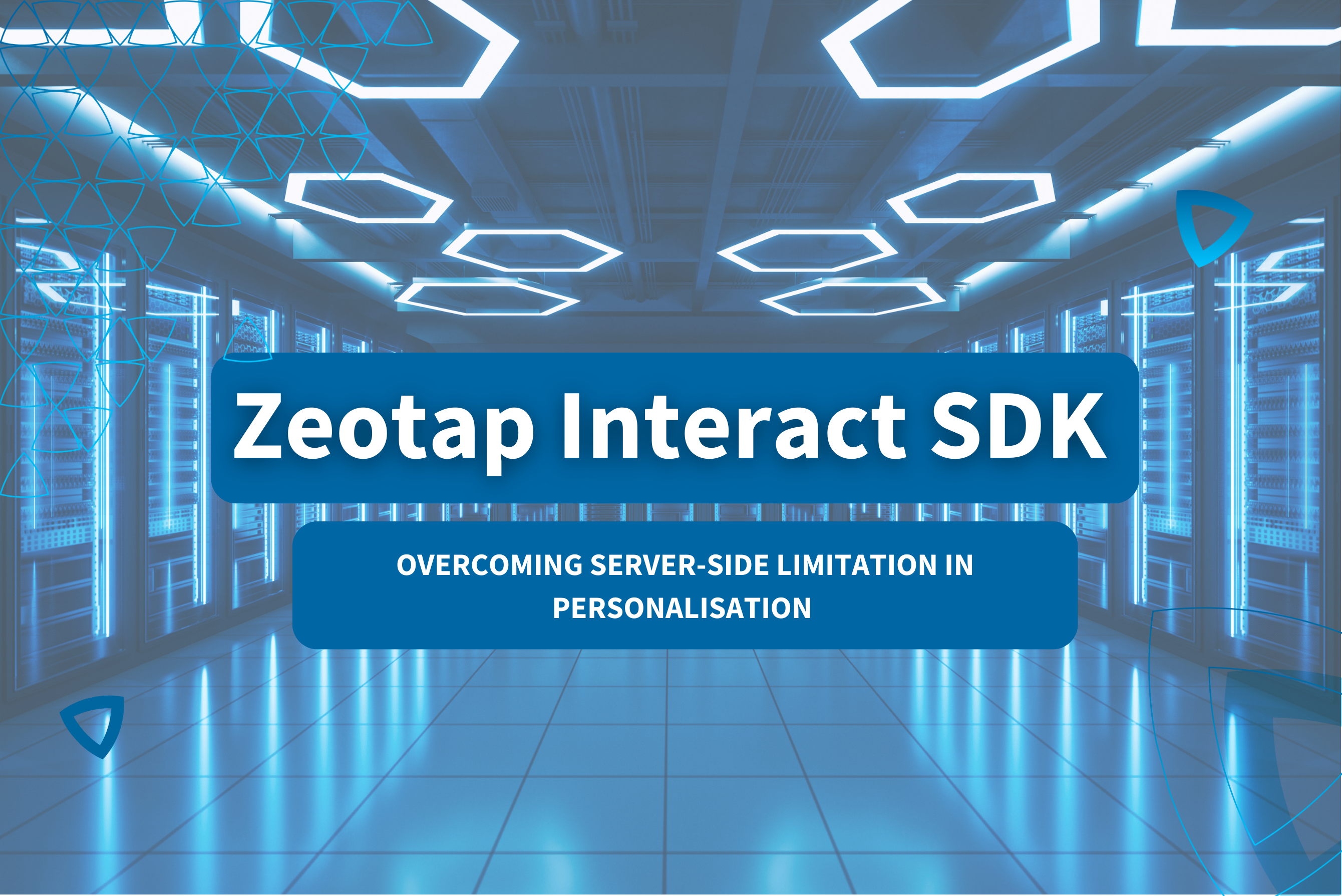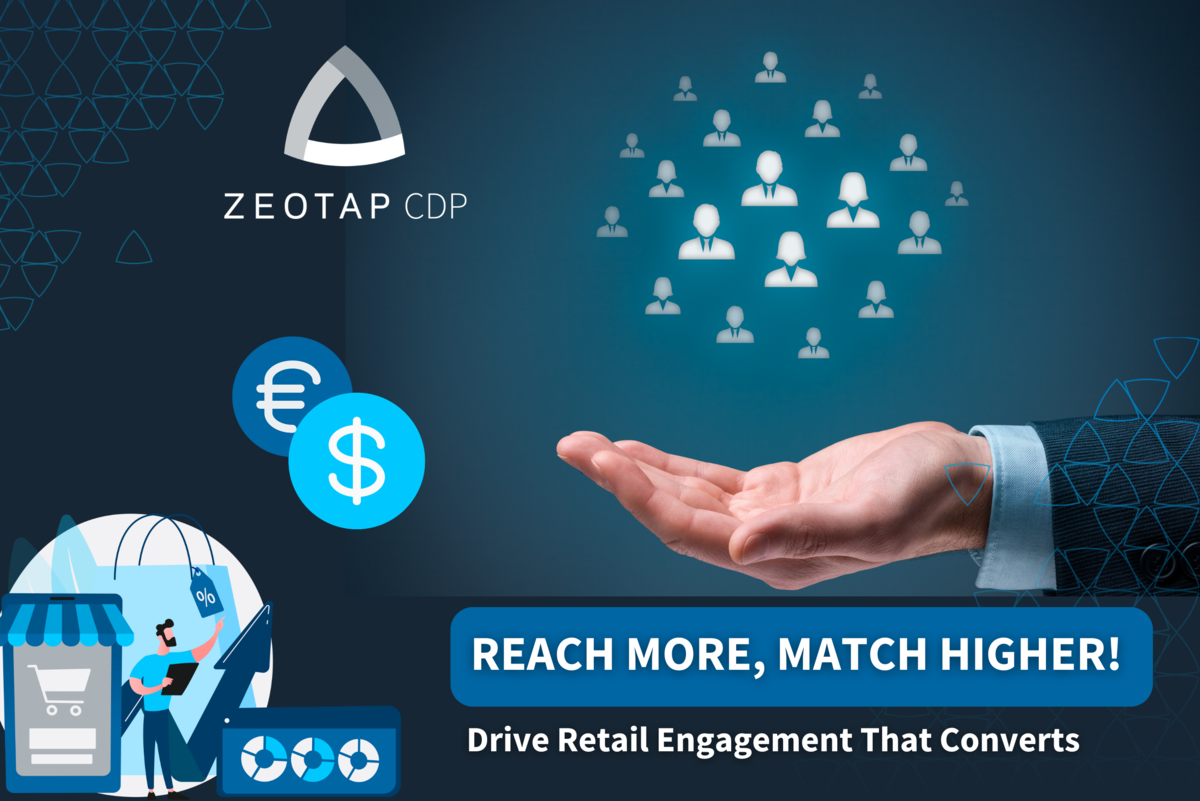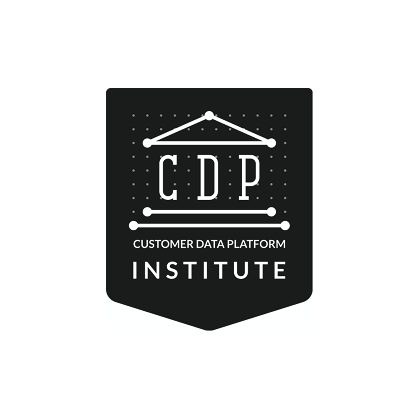Data has become one of the driving forces of decision-making. It’s no longer enough to make decisions based on what we believe to be correct: data has become indispensable for businesses to stay competitive and accurate.
Qualitative and quantitative datasets about customers, partners, staff, vendors and even business processes are what businesses have come to rely on to make informed decisions that help meet business objectives.
But despite all this, there’s a problem: data silos.
Data silos isolate data and leave little room for collaboration between departments, which can jeopardise the effectiveness and accuracy of campaigns.
In order to ensure continued success, it’s imperative that businesses know what data silos are, their main problems and most importantly, how to unlock them.
What Is A Data Silo?
A data silo is a data asset that one department has access to but is unable to share with other departments across the business.
In a business, data is typically organised by different internal departments – for example, customer service, finance and marketing. Because all three of those departments need different information to complete their tasks, the individual collections of data grow into separate silos that become fragmented and may use different taxonomies.
For example, the customer service department may have information about a customer, such as their recent queries, whilst the marketing department may have contextual information on the same customer, such as their purchasing habits. By failing to marry this information due to data existing in different silos, a 360-degree view of a customer becomes increasingly difficult to construct and thus the accuracy of any further communication targeted toward that customer becomes hampered.
This failure to be able to build a holistic customer view, as well as the lack of efficiency and transparency that data silos create, has a measurable impact on core business metrics such as:
- ROI on acquisition campaigns: without a single customer view, it becomes hard to ensure that existing customers aren’t excluded from acquisition campaigns – leading to a waste of budget
- Customer lifetime value: with no single customer view, it’s hard to identify key upsell opportunities and act on them at scale
- Churn and attrition rates: no single customer view makes it nearly impossible to understand and act on churn signals.
How Are Data Silos Caused?
Technology
One way data silos are created is when businesses choose to use different software for different operations.
When different pieces of software are used, data easily becomes compartmentalised or fragmented if the different software cannot, or does not, integrate.
This creates smaller, but still problematic, data silos which not only limit access to important information but also make it difficult to share information with others in order to get things done more efficiently.
Even within departments—for example, marketing—the current MarTech stack in use may not integrate, so they are left with (for example) CRM data, email data and POS data all in their silos.
Organisational Structure
One of the downsides to business growth is that if a business grows too quickly, it might have difficulty passing data around. This is especially true if a business has a multitude of departments, because each department will have different use cases for data that they will pursue separately.
Before big data and cloud computing revolutionised business, it wasn’t considered a bad thing for different departments to create and manage their own data. Each department had its own policies, procedures and goals after all, and those were responsible for departmental silos because that’s how the data was stored.
Now, however, things are quite different. With centralised data storage and unified access capabilities there is no reason why a sales team should supply poor customer service when they could quite easily access customer information.
The Main Problems With Data Silos
They negatively impact customer service
Customer interactions with touchpoints often happen through many channels, including online chat support or phone calls with representatives.
Company members from various teams may be contacting customers on different stages of the buyer’s journey — which means that they all need access to unified data about each person so that no customer is left frustrated by having to repeat their story multiple times across departments.
They impact marketing ROI
Targeted marketing is only at its best when it is based on holistic information about a customer. If, for example, Customer A’s data is split into fragments across different data silos, vital pieces of information could be missing that could have increased Customer A’s average order value or even convert the customer into a loyal brand advocate.
Worse yet, if identifying customer data is siloed on different teams within your company then that can lead to acquisition campaigns being executed against existing customers who were never intended targets in the first place – and those irrelevant advertisements will harm ROI!
Irrespective of the type of marketing campaign, eventually siloed customer data will lead to fragmentation, which will hinder marketing efforts. Thus, marketing ROI will either fail to be profitable, or fail to break even because the marketing messaging is either irrelevant or the targeting inaccurate.
They prevent the creation of accurate machine-learning models
Perhaps the biggest problem with data silos is that they prevent businesses from being able to gain actionable insights into their customers, which stems from the business struggling to gain a holistic view of their data and failing to take advantage of the benefits of full data analysis.
One powerful form of data analysis uses machine learning models to better identify customers, predict behaviours and produce relevant marketing campaigns.
Machine learning algorithms find patterns in data that would be difficult to spot through intuition and manual examination, the most prominent being customer segments. Machine learning models process large amounts of information about customers and their behaviour for marketers who are trying to predict which segment they fit into.
But this analysis and the subsequent production of actionable insights only becomes accurate if the machine learning algorithm is working from complete, non-siloed sets of data. Fragmented data will fail to allow a machine learning algorithm to gain a full understanding of a customer – thus producing insights which may have a lesser success rate and an inability to use predictive analytics to accurately predict future customer behaviour.
To be able to take advantage of the full benefits of data, organisations need to be able to access a 360-degree view of their customers. Data silos can hinder this because fragmentation of data muddies the process of gaining deep and actionable insights from the businesses data.
They limit collaboration between departments
A major problem with data silos is that they create an environment in which teams are unable to collaborate. The company ends up being divided and disorganised because the individual pieces of information don’t align well enough for one unified mission or goal.
This separation of data silos leads to disjointed projects and an inability for the organisation as a whole to work together. Managers want decisions based on data, but they’re unable to see how this affects other departments when their team has access only to what’s going on within their group.
They can be problematic for data consent
Data is complicated, and even more so when it comes to consent. There are now multiple ways in which customers can give (or withdraw) their consent for data storage and usage, which can result in problems with both marketing compliance practices and legislation.
Add a data silo into the mix and this problem becomes exponentially worse: having a fragmented view of data means there is no unified system with which to regulate consent, meaning that businesses can’t be sure they have the legal right to use their customer’s information.
They can’t provide accurate identity resolution
Data silos can also have a negative impact on data quality because they make it difficult to assemble fragmented pieces of information. Data that is not integrated or in sync can lead to conflicting details when cross-checked against other sources, which could then be misleading if used for decision making purposes.
What’s more, if data is siloed, identity resolution is going to be severely impacted and inaccurate. If, for example, one marketing data silo contains the identities of 250 customers, and one sales data silo contains another 250, does the business have 500 customers or does it only have the same 250 people stored in two different places? This makes it difficult to not only get an accurate estimate of who the business’s customer base is, but it also complicates and hinders customer relationships.
How to Get Rid of Data Silos
Unify your data into one source of truth (with a Customer Data Platform)
Customer Data Platforms (CDPs) are a type of software that has the capability to unify all customer data into one, convenient, centralised and easily accessible database.
What that means is that CDPs both aggregate and organise customer data collected from a variety of touchpoints, structure it into individualised and central customer profiles, and then allow that data to be accessed by other pieces of software, systems and martech stacks.
CDPs are therefore capable of preventing data silos by building comprehensive customer profiles that incorporate data combined from a variety of sources, including first, second and third party. That means that they can collect and organise data from your CRM, DMP, data lakes or warehouses, website/s or mobile app/s, and POS systems.
Create a collaborative working environment
Producing a company-wide roadmap for data management and use is one step toward creating a collaborative working environment that enables teams to share data without compromising consent or data control.
Data management roadmaps allow businesses to safely use data to achieve its goals. Utilising a roadmap ensures the collection, collaboration and governance of all activities surrounding data management work together effectively and efficiently.
Finally, having an assigned Data Protection Officer to provide the knowledge and skills a team needs to analyse and understand the data will ensure that subsequent data executions also stay compliant with data protection regulations.
Summary
When it comes to establishing a competitive edge, success lies in having a clear, accessible picture of the customers. This is why eliminating data silos should be of utmost importance for any company looking to grow.
By harnessing collaborative company cultures, using data integration software and choosing a Customer Data Platform that aligns with their data needs and business goals, companies can ensure they are maximising their use of all available information which will result in an increase in revenue growth and customer retention rates.
Interested in learning how Zeotap’s Customer Data Platform helps eliminate data silo challenges and enhance the foundation of customer data? Reach out to receive a demo.

































